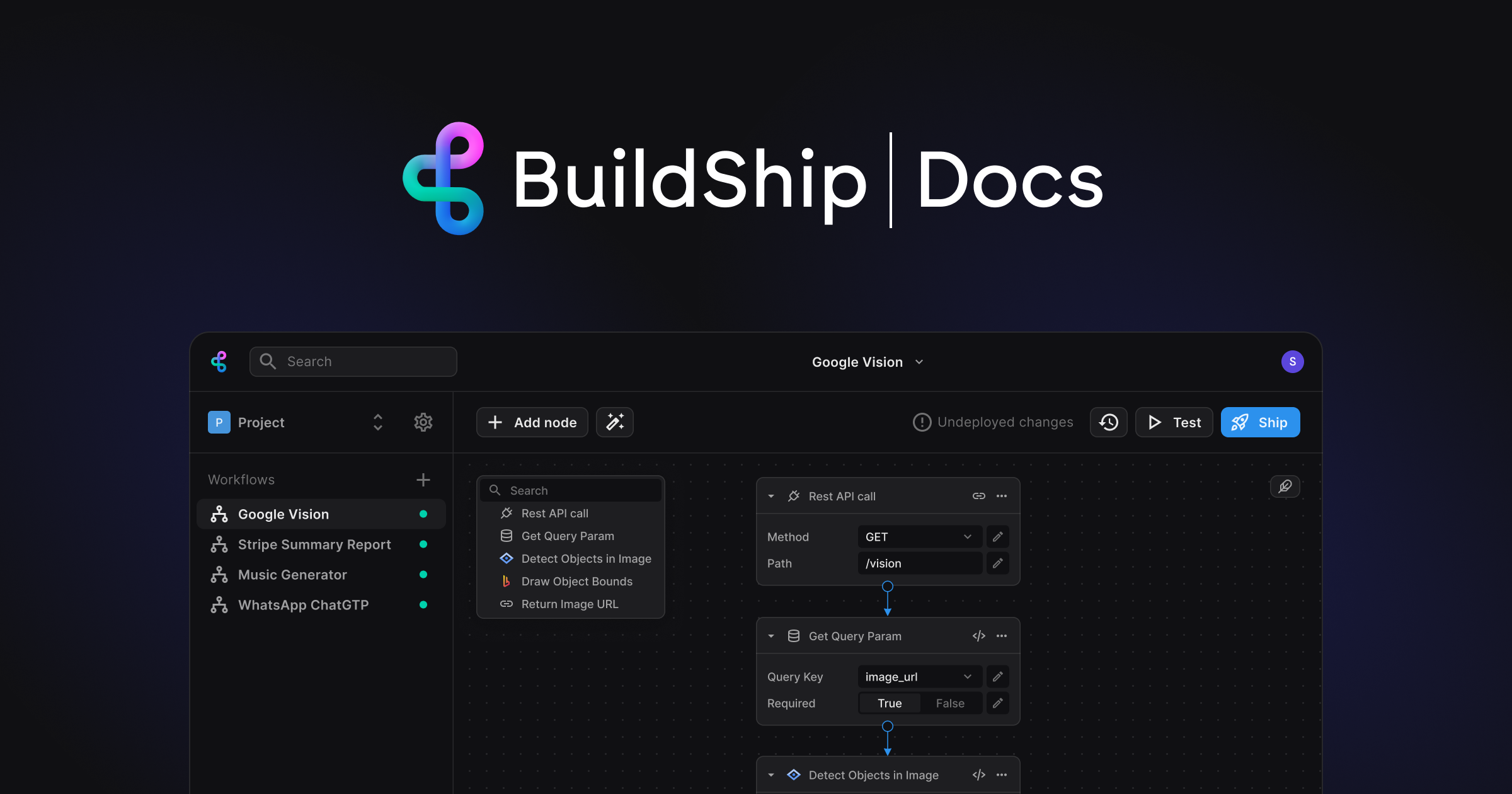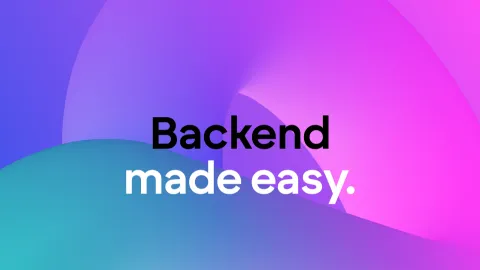supabase
Hello im using buildship to make a cronJOb to my supabase DB so i can keep some reports.
I can already do it, but, I have to turn off the policies for it to work, Is there a way of creating a policy to allow the buildship to interact with it?
I can already do it, but, I have to turn off the policies for it to work, Is there a way of creating a policy to allow the buildship to interact with it?
Solution
Hi @pedro Along with the above resource you can refer to this to create RLS policies and connect with BuildShip - https://docs.buildship.com/tutorials/supabase-crud#supabase-row-level-security-rls.
A unified resource to start building your backend with low-code. Dive into triggers, nodes, and step-by-step guidance to jumpstart your workflow creation.

